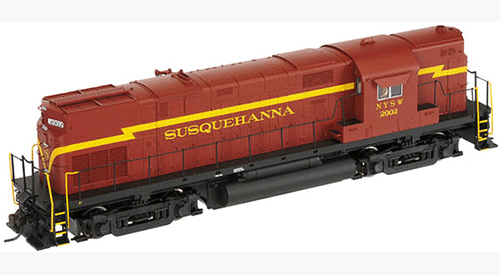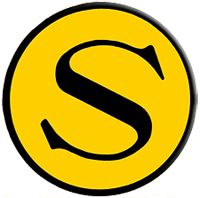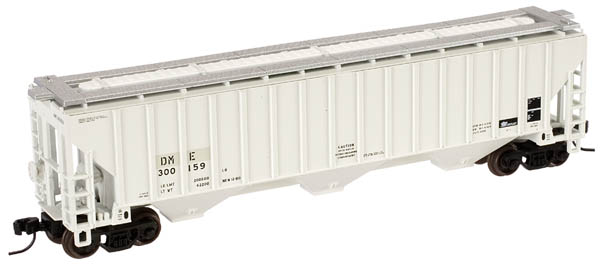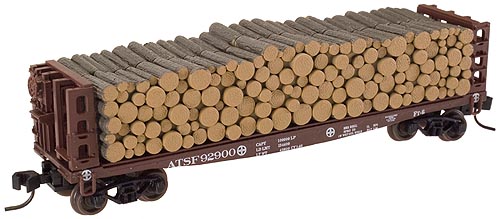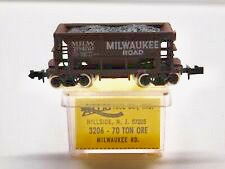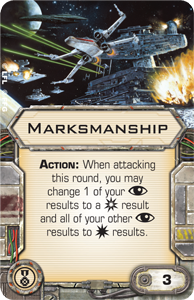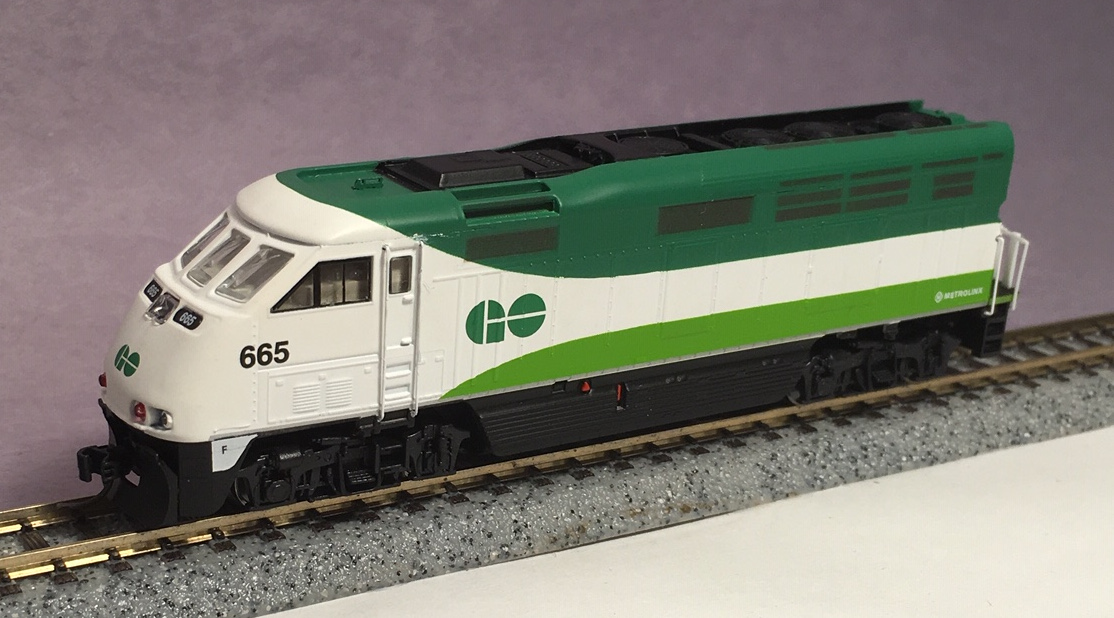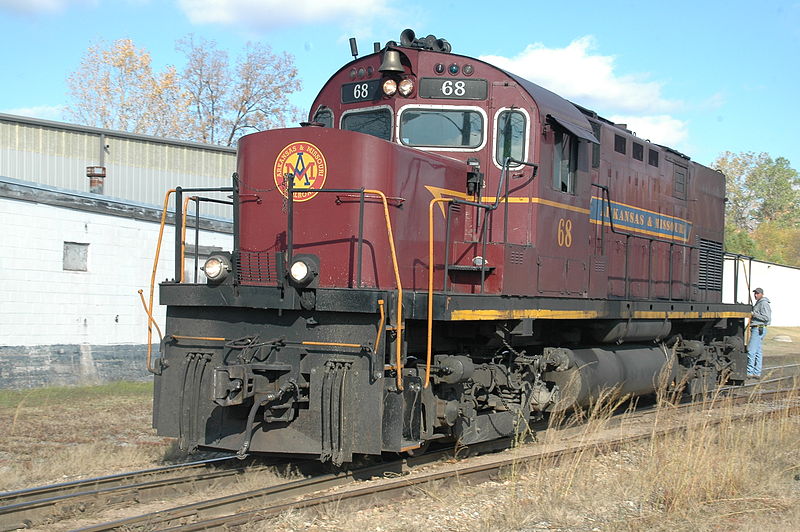Body Style Information: With etched metal radiator walkways, fine-scale handrails, see-through step detail on sills, and painted crew members, the Atlas Model Railroad Alco Century 420 diesel locomotives have an array of separately-applied scale detail parts like cab sun shades, coupler cut levers, drop steps, handrails, metal grab irons, multiple-unit hoses, train line hoses, and windshield wipers.
For optimum performance at all speeds, the models are driven by five-pole skewed armature motors, with dual flywheels.
The C420s have directional lighting and golden-white LEDs.
Decoder-Ready, Atlas Master Series Silver models are fitted with an NMRA 8-pin plug for DCC use.
With authentic sounds, Atlas Master Series Gold models are fitted with dual-mode decoders that run on DCC, or traditional DC equipped layouts.
For optimum performance at all speeds, the models are driven by five-pole skewed armature motors, with dual flywheels.
The C420s have directional lighting and golden-white LEDs.
Decoder-Ready, Atlas Master Series Silver models are fitted with an NMRA 8-pin plug for DCC use.
With authentic sounds, Atlas Master Series Gold models are fitted with dual-mode decoders that run on DCC, or traditional DC equipped layouts.
Prototype Information: ALCo built a total of 131 Century 420 locomotives between 1963 and 1969, when the builder ceased all new locomotive production. Powered by a 12-cylinder, turbocharged, 2,000-hp 251-series prime mover, the C420’s direct competitor in 1963 was the EMD GP18. In fact, EMD did not offer a 12-cylinder, 2,000-hp prime mover until the GP39 model was produced in 1969. The shorter 12-cylinder engine block allowed the C420 to have its distinctive set-back cab and extended short hood.
The first road to purchase the C420 was the Lehigh & Hudson River, with its first two units built in 1963. The largest fleet was purchased by the Long Island Railroad, with 30 units built between 1963 and 1968. All were equipped with a high short hood which housed a steam generator for passenger service. Over time, the largest fleet of C420s was amassed by the Louisville & Nashville. While only 26 units were purchased new, their total fleet grew to well over 60 units through mergers and acquisitions. The C420 can still be found in daily service today in the US. Currently the largest fleet of C420s is operated by the Arkansas & Missouri Railroad.
The first road to purchase the C420 was the Lehigh & Hudson River, with its first two units built in 1963. The largest fleet was purchased by the Long Island Railroad, with 30 units built between 1963 and 1968. All were equipped with a high short hood which housed a steam generator for passenger service. Over time, the largest fleet of C420s was amassed by the Louisville & Nashville. While only 26 units were purchased new, their total fleet grew to well over 60 units through mergers and acquisitions. The C420 can still be found in daily service today in the US. Currently the largest fleet of C420s is operated by the Arkansas & Missouri Railroad.
Road/Company Information: The New York, Susquehanna & Western Railway (reporting mark NYSW) (a.k.a. the Susie-Q or the Susquehanna) is a Class II American freight railway operating over 500 miles (800 km) of track in the northeastern states of New York, Pennsylvania and New Jersey. It was formed in 1881 from the merger of several smaller railroads. Passenger service in Northern New Jersey was offered until 1966. The railroad was purchased by the Delaware Otsego Corporation in 1980, and became a regional player during the 1980s in the intermodal freight transport business.
The New York, Susquehanna & Western can trace its roots back to the Hoboken, Ridgefield & Paterson Railroad, chartered in 1866 to connect industrial Paterson, New Jersey, with the ports along the Hudson Waterfront opposite New York City at Hoboken. That same year, the New York and Oswego Midland Railroad was chartered to connect the Great Lakes port at Oswego, New York, with New York City. Several competing companies sprang up in 1867, but the New Jersey Western was the most successful, constructing westward from Paterson and Hawthorne. Cornelious Wortendyke, president of the New Jersey Western Railroad (NJW), signed a lease agreement with DeWitt Clinton Littlejohn of the New York, Ontario and Western Railway (NYO&W) giving his road a through route into New Jersey. Construction on the NY&OM started in 1868 and progressed rapidly. The NJW changed its name to the New Jersey Midland Railway in 1870, and construction had stretched from Hackensack, New Jersey, all the way through to Hanford.
Currently, the NYS&W operates over 500 miles of track in three states. The network consists of three main routes, one running from Northern New Jersey to Binghamton and the other two branching north from Binghamton to serve Utica and Syracuse.
The New York, Susquehanna & Western can trace its roots back to the Hoboken, Ridgefield & Paterson Railroad, chartered in 1866 to connect industrial Paterson, New Jersey, with the ports along the Hudson Waterfront opposite New York City at Hoboken. That same year, the New York and Oswego Midland Railroad was chartered to connect the Great Lakes port at Oswego, New York, with New York City. Several competing companies sprang up in 1867, but the New Jersey Western was the most successful, constructing westward from Paterson and Hawthorne. Cornelious Wortendyke, president of the New Jersey Western Railroad (NJW), signed a lease agreement with DeWitt Clinton Littlejohn of the New York, Ontario and Western Railway (NYO&W) giving his road a through route into New Jersey. Construction on the NY&OM started in 1868 and progressed rapidly. The NJW changed its name to the New Jersey Midland Railway in 1870, and construction had stretched from Hackensack, New Jersey, all the way through to Hanford.
Currently, the NYS&W operates over 500 miles of track in three states. The network consists of three main routes, one running from Northern New Jersey to Binghamton and the other two branching north from Binghamton to serve Utica and Syracuse.
Brand/Importer Information: In 1924 Stephan Schaffan, Sr. founded the Atlas Tool Company in Newark, New Jersey. In 1933 his son, Stephan Schaffan, Jr., came to work for his father at the age of sixteen. Steve Jr. built model airplanes as a hobby and frequented a local hobby shop. Being an enterprising young man, he would often ask the owner if there was anything he could do to earn some extra spending money. Tired of listening to his requests, the hobby-store owner threw some model railroad track parts his way and said, "Here, see if you can improve on this".
Atlas has made a ton of wonderful products throughout the years and we often get questions one whether we have run a certain road name on a particular model. It should be noted that Atlas locomotives and rolling stock are greatly appreciated for their superior operating and running characteristics. Atlas products are also well known for their outstanding collectability not only due to their superior prototypical workmanship, details and decoration, but because there are relatively so few of them made. Each and every production run has been carefully built to market demand, meaning almost every piece in any given run is sold out by Atlas on arrival or shortly thereafter, thus creating a built in collectors market.
Atlas has made a ton of wonderful products throughout the years and we often get questions one whether we have run a certain road name on a particular model. It should be noted that Atlas locomotives and rolling stock are greatly appreciated for their superior operating and running characteristics. Atlas products are also well known for their outstanding collectability not only due to their superior prototypical workmanship, details and decoration, but because there are relatively so few of them made. Each and every production run has been carefully built to market demand, meaning almost every piece in any given run is sold out by Atlas on arrival or shortly thereafter, thus creating a built in collectors market.
Item created by: nscalemodeler160 on 2016-08-02 09:41:14. Last edited by gdm on 2020-05-23 15:47:45
If you see errors or missing data in this entry, please feel free to log in and edit it. Anyone with a Gmail account can log in instantly.
If you see errors or missing data in this entry, please feel free to log in and edit it. Anyone with a Gmail account can log in instantly.


